IoT Services with Drupal
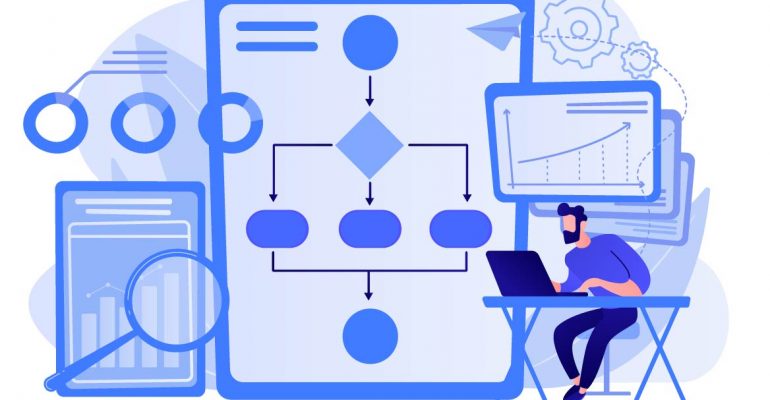
IoT Services with Drupal
What is IoT?
The Internet of things (IoT) depicts the network of physical objects— “gadgets”—that are fixed with sensors, software, and other technologies for the intent of linking and exchanging data with other devices and systems over the Internet. The definition of IoT is based on new gadgets that are recently obtaining internet connections.
What would Drupal suggest?
Drupal offers a platform for content; Drupal provides an online content platform. Drupal provides a platform for easy-to-manage data structures and data. Drupal offers fine-grained user access control. Drupal provides access control with fine grit. Drupal operates an online store. Drupal offers user-generated content and storage, as necessary. With its flexible web content management system, Drupal can do much more. As a platform, it can be used across several roles.
- Drupal as a back-end – When you pull back the Drupal front end, it becomes a lot more. Up to Drupal 8, all Drupals would return HTML when receiving GET or POST queries. Drupal 8 changes this in the kernel, but earlier Drupals could be done to do so as well. Drupal as a backend Decoupling the HTML layer of content was originally intended for front-end flexibility, It also makes Drupal completely capable of connecting to any display system, be it based on HTML or native.
Evolution of Drupal Architectures:
- There was a time when a single Drupal website was all you needed. We still have moments like this. But we need a few Integrations. And then a mobile application, which we could use with ready-to-use HTML or a JSON view (Fig.1)
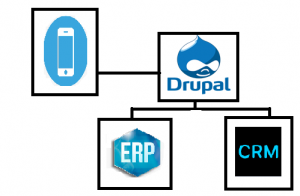
- But then we wanted a Javascript front-end and decided on a headless Drupal (Fig.2)
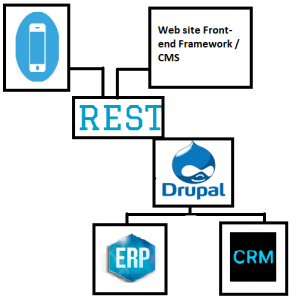
- And all of a sudden, we were able to open our REST interface to the world and let everything on the internet fit together (Fig.3)
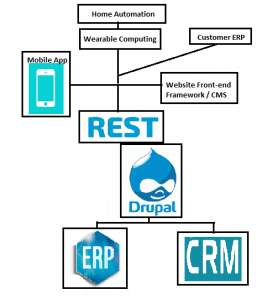
Example of the Integration 1: Health Surveillance System.
Any textual content across devices, with linguistic versions, can be easily sinned on Drupal. Content modifications as well as news and notifications can be delivered directly to people’s wrists (Fig.4)

Example of the Integration 2: Self-service Gym
A mobile site where people could get their membership and extend if necessary. Drupal may bill monthly or endorse pay-per-use. The smart lock would open the door to a specific role as a Drupal user (Fig.5)
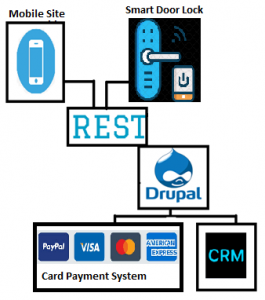
Working Principle:
- Serving machines – Drupal 7 provides modules to distribute all data through RESTWS or Services modules. Drupal 8 comes with a kernel REST package. Restify and REST module in Drupal 8 are similar and both are oriented toward programmatic access to Drupal, for example as headless. Any service directed to decapitate a Drupal might not be appropriate as it is for serving any machine there. For example, the Drupal 8 REST API is very Drupal-specific ready-made. My suggestion is to change the REST interface to serve a particular purpose instead of using the default REST interface. A correct REST API must follow the rules (stateless, cashable, laminated, consistent). It must also be well documented in the case of integrations. Security must be taken into account, both in terms of access and in terms of public transit. In addition, consider the necessary changes in versioning that can make your REST feed cope with the requirement. An open API with proper documentation is a good way to open your resources for all the networked things out there, but that’s not at all sufficient. Several times, you must integrate into a machine, even if you think architecture would be better served if it were made the other way around.
- Access to machines – Integration with machines differs from integration with other server-based services in server halls. It blends appalling reliability with poor to unnecessary network performance. And you will be logged in at 1,000 or 10,000 units. To connect two machines, you will always have put in place an adequate login architecture. The simplest architectures would use the queue to ensure that failed connections do not lose data. A more elegant approach would be a messaging system, viewer, or publishing/subscription design templates.
- Content as a Service – Creating an External API Sometimes the only solution is not to use Drupal for the API, but to serve the content to a distinct system that builds the API. Create an external API in this approach, you index all your content outside of Drupal whenever it is modified. Writes are segregated or queued into the accelerator layer. The acceleration layer is built, performance-driven, with e. g Node.JS (Fig.6)
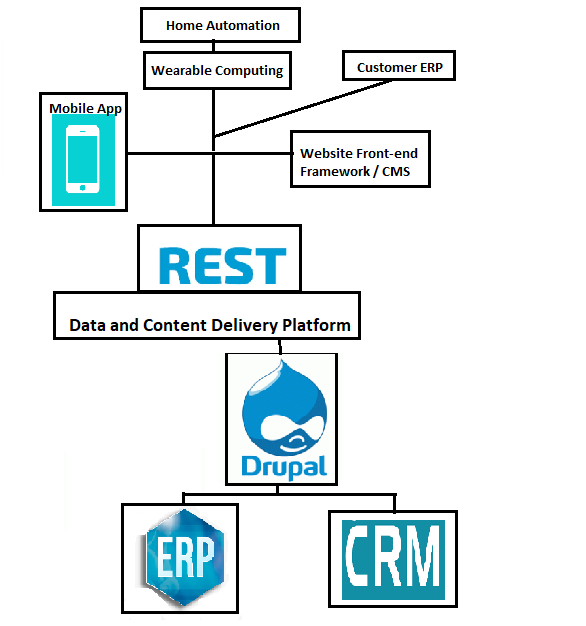
- Creation of an external API Allows you to have total control over the API. Let’s you aggregate and blend data from multiple sources, like adding price information to ERP Drupal products – this is one of the principles of REST. When you follow the procedures as mentioned you will have an amazing performance.
Conclusion:
Thankfully, lately, there is also a SaaS service for everything. IFTTT or IF can be used to automate the Internet of Things. IFTTT can read e.g., RSS feeds and you can easily release them e.g., with Views. This can be e-mailed to IFTTT.

